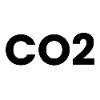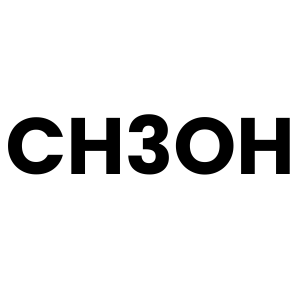
Carbon Monoxide
Odorless gas; causes fatal poisoning in confined spaces.
PARAMETERS WE MEASURE
Note: Click on the parameter formula for detailed information

Carbon Monoxide
Odorless gas; causes fatal poisoning in confined spaces.

Pungent gas ,respiratory problems and acid rain contributor.

Non-toxic normally; high concentrations can cause suffocation

Toxic, corrosive; respiratory damage and environmental contamination risk.

Highly toxic; corrosive leaks pose immediate health dangers.

Reactive gas; causes respiratory issues and lung damage

Corrosive gas; severe respiratory damage upon contact or inhalation

Significant pollutant; irritates lungs, contributes to urban smog.

Asphyxiants displace oxygen, causing oxygen deficiency and harm.

Highly flammable; major explosion risk, global warming contributor

Flammable gas; leaks can lead to fires, explosions

Highly flammable; significant explosion risk, potential health hazards, contributes to global warming and air pollution.

"Rotten egg" smell; highly toxic and explosively dangerous.

Highly toxic and flammable; harmful to respiratory systems, skin, and eyes; may cause burns and long-term health effects.

Extremely toxic; affects respiratory functions, can be fatal

diameter of 10 micrometers or less; can cause respiratory issues, cardiovascular problems, and aggravate existing health conditions.

Fine particulate matter with a diameter of 2.5 micrometers or less; highly hazardous to health, capable of penetrating deep into the lungs, causing respiratory and cardiovascular diseases.

Ultrafine particulate matter with a diameter of 1 micrometer or less; can enter the bloodstream, posing serious health risks, including neurological and cardiovascular effects.

Toxic, corrosive, volatile, strong oxidizer, irritates eyes/skin, respiratory damage, environmental hazard, ozone depletion contributor.

Toxic, corrosive, flammable, reacts violently with water, tissue burns, bone damage, environmental hazard, acid rain contributor.

Highly toxic, lung damage, non-flammable, corrosive, toxic byproducts, environmental hazard, ozone depletion contributor.

Toxic, corrosive, flammable, respiratory burns, skin/eye irritation, reacts violently, environmental hazard, acid rain contributor.


Highly toxic, flammable, neurotoxic, carcinogenic, volatile, CNS damage, environmental hazard, water/soil contamination.

Minimum concentration of gas in air required for ignition; varies by gas, indicates explosion risk.

Propane
Flammable, highly combustible, LEL 2.1%, UEL 9.5%, causes explosions in confined spaces, used in heating and cooking.

Flammable, LEL 1.2%, UEL 7%, used as solvent, vapor inhalation can cause health issues, explosive risk

Mixture of propane/butane, highly flammable, LEL 2%, UEL 9.5%, used for cooking, heating, and industrial purposes

Methane-based, highly flammable, LEL 5%, UEL 15%, common fuel, explosive in confined spaces, greenhouse gas contributor.

flammable, used as solvent, inhalation risks, explosive potential.

Highly flammable, LEL 1.8%, UEL 8.4%, used in lighters, fuel, and refrigerants, explosive in high concentrations.

Formaldehyde
Colorless gas; irritates eyes, skin, respiratory system; carcinogenic, neurotoxic.

Colorless gas, used in agriculture, plastic production, highly flammable.

Colorless liquid solvent, derived from petroleum, toxic with prolonged exposure.

Volatile solvent, used in industries, flammable, and fast-evaporating.

Volatile gas, used in industries, reactive, and forms quickly at high temperatures.

Indoor air quality affects health, influenced by pollutants, ventilation, temperature, humidity, and reactive contaminants

Colorless liquid solvent, derived from petroleum, toxic with prolonged exposure.

strong, unpleasant odor and is often associated with the smell of rotten cabbage or garlic.

Highly reactive and used in chemical synthesis.

toxic, sweet-smelling, flammable liquid.

toxic, sweet-smelling, flammable liquid.

Clear, colorless liquid with a weak, ethereal, vinous odor.

Colorless liquid with an ether-like, fruity odor.

Colorless liquid with a moderately sharp, fragrant, mint- or acetone-like odor.

Colorless liquid with a mild, fruity odor.

Suspended solids causing turbidity; measured using infrared light scattering.

Measures oxygen needed to oxidize chemicals in polluted water.

Indicates oxygen used by microbes to break down organics.

Colorless, flammable, pungent odor, fast-evaporating, disinfectant solvent.

